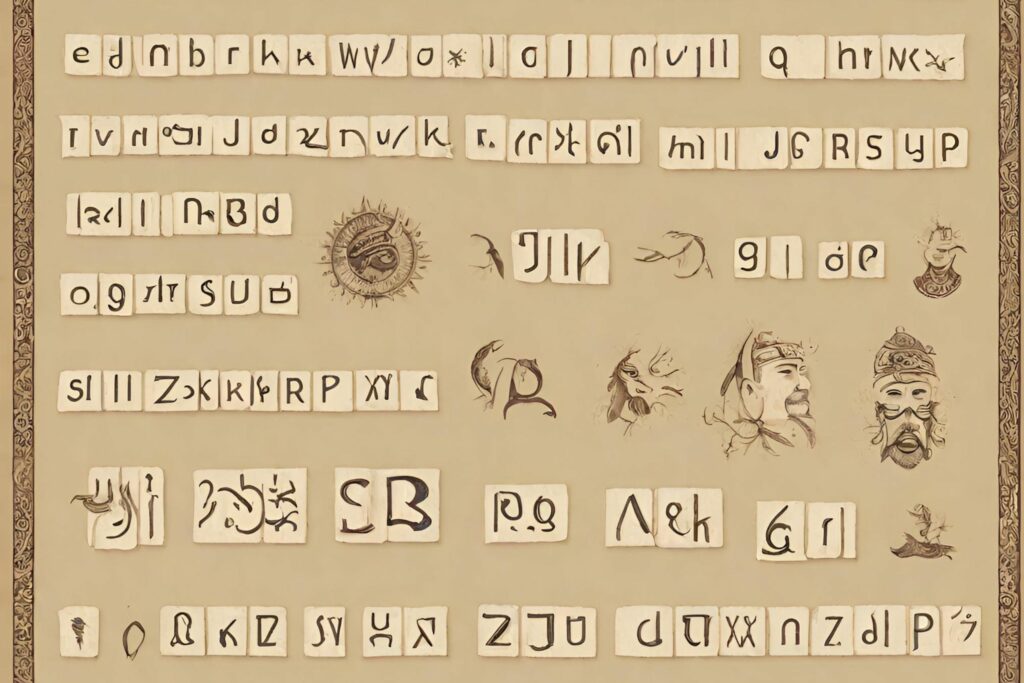With its diverse culture and languages, Indonesia offers a kaleidoscope of linguistic experiences. Among these, the Sundanese language stands out as a gem waiting to be explored. In this article, we will delve into the Sundanese language, how to learn it, and its benefits, and provide examples to illustrate its beauty.
What is the Sundanese Language in Indonesia?
The Sundanese language is one of Indonesia’s most widely spoken regional languages, primarily in the western part of Java Island, where the Sundanese people reside. It belongs to the Austronesian language family and boasts a rich cultural heritage. Learning Sundanese provides a unique opportunity to immerse oneself in the traditions and customs of the Sundanese people.
How to Learn Sundanese Language?
Learning the Sundanese language can be a rewarding experience. Here are some steps to get started:
- Online Courses: Explore online courses and language learning platforms that offer Sundanese language lessons. Many resources are available to help beginners grasp the basics.
- Local Language Schools: If you’re in Indonesia, consider enrolling in a local language school or hiring a private tutor. This hands-on approach can be highly effective.
- Practice with Native Speakers: Engage with native Sundanese speakers to practice your language skills. Join language exchange groups or connect with locals in Sundanese-speaking regions.
Benefits of Learning Sundanese Language
Cultural Insight
Learning Sundanese provides a unique window into the Sundanese way of life. It allows you to understand their customs, rituals, and traditions more profoundly. This cultural insight can be especially valuable if you’re interested in anthropology, sociology, or cultural studies.
Fostering Relationships
Speaking Sundanese can help you build strong bonds and relationships with the local community. Sundanese people often appreciate foreigners’ efforts to learn their language, which can lead to more genuine and lasting connections.
Exploring Literature and Art
Sundanese culture boasts a rich tradition of literature, music, dance, and art. By understanding the language, you can delve into the world of Sundanese literature, poetry, and music, gaining a deeper appreciation for their artistic expressions.
Easier Travel
Knowing Sundanese can be a practical asset when you venture off the beaten path in West Java, especially in rural areas where English or Bahasa Indonesia may not be widely spoken. It makes your travel experiences smoother and more immersive.
Enhancing Cross-Cultural Skills
Learning Sundanese equips you with cross-cultural competence, a valuable skill in today’s interconnected world. It helps you navigate cultural differences, fostering respect and empathy for diverse perspectives.
Business Opportunities
Knowing the language can be a strategic advantage if you’re engaged in business activities, particularly in West Java or with Sundanese-speaking communities. It lets you communicate more effectively with local partners, clients, and employees.
Preservation of Language and Culture
By learning Sundanese, you contribute to preserving this beautiful language and the cultural heritage of the Sundanese people. Languages, like cultures, thrive when they are actively spoken and passed down through generations.
Incorporating Sundanese into your linguistic repertoire enriches your personal experiences. It opens doors to a world of cultural and professional opportunities. It’s a testament to your dedication to embracing diversity and immersing yourself fully in the vibrant tapestry of Indonesia’s culture.
Examples of Sundanese Language
Let’s explore some basic Sundanese phrases:
- Asking for Directions: When seeking directions in Sundanese, you can say “Nyaharané teuing ka mané?” which means “Can you tell me where it is?”
- Ordering Food: When dining in a Sundanese restaurant, you can impress the locals by ordering in their language. For instance, you can say “Mangga pesan” to indicate that you’d like to place an order.
- Compliments: To give someone a compliment in Sundanese, you can use phrases like “Anjeun nuju geulis” (You look beautiful) or “Anjeun handap hirup” (You have a good life).
- Expressing Concern: If you want to express concern or ask if someone is okay, you can say, “Anjeun ulah kaburu, paehna?” which means, “Are you alright, my friend?”
- Shopping: When shopping in a local market, you can use phrases like “Berapa hargana?” (How much is it?) or “Anjeun ngan ukur naon?” (What size do you have?).
- Parting Ways: When saying goodbye, you can use “Pamit” (Goodbye) or “Tulung ngarésap” (Please take care) to leave a warm impression.
- Expressing Surprise: To express surprise, you can say “Kumaha eta bisa?” which means “How is that possible?” This phrase can be handy in various situations.
- Making Friends: To make new friends, you can introduce yourself with “Abdi nyaéta” (I am) followed by your name, such as “Abdi nyaéta [Your Name].” It’s a friendly way to start a conversation.
- Apologizing: If you make a mistake, saying “Punten” (Sorry) is a polite way to apologize and show remorse.
- Showing Appreciation: To show appreciation or say “You’re welcome,” you can respond with “Henteu weh” (Not a problem) when someone thanks you.
Learning these phrases can help you connect with the Sundanese people on a deeper level and make your interactions in West Java more enjoyable and meaningful.
Conclusion
The Sundanese language in Indonesia is not just a means of communication; it’s a gateway to a vibrant culture. Learning Sundanese can enhance travel experiences, deepen cultural understanding, and open doors to new friendships and opportunities. So, why not embark on this linguistic journey and discover the beauty of Sundanese language in Indonesia? It’s a path to enrichment that will leave you lasting memories and connections.


